The newly extended 10-bay machinery shed on the Brady family’s Carrickboy farm in Ardagh, Co Longford, was fitted with 360 roof-mounted solar photovoltaic panels in June. The system, installed by Co Meath provider Local Power has a capacity of 100kWp (kilowatt peak), which farmers Donal Brady and his son Dermot said covers 80% of the farm’s needs on a sunny day.
“The shed had a high roof and was facing the right way,” said Donal and Dermot. With a 2,000-sow unit on their pig and suckler farm, they have constant electricity needs between winter heating, summer cooling, feed mixing and lighting. This means that any solar electricity produced is used on the farm straight away, without the need for battery storage.
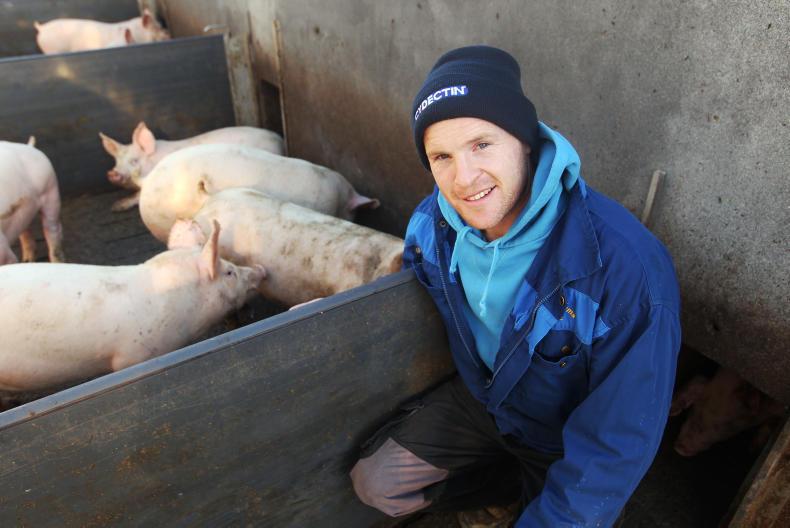
Dermot Brady at Carrickboy farm in Ardagh, Co Longford. \ Carol Dunne
A smart meter constantly monitors output from the panels and gets whatever complement is needed from the grid. Dermot can keep an eye on this in real-time via an app on his phone. When the Irish Farmers Journal visited on a good November morning with a low winter sun shining, the farm was generating 34kW from solar and pulling 62kW from the grid. “Our monthly electricity bill went down from around €10,000 to €8,500 for the summer months,” the farmers said.
The panels generate 24V current, which is upgraded to usable 220V by five Austrian-made Fronius inverters inside the shed. An underground cable connects these to the farm’s ESB substation and meter. Davy Byrne, who is in charge of maintenance on the farm, said there were no complications with the existing electrical setup.
The farmers chose higher-end German-made Solarwatt all-glass panels, which are more expensive than Asian imports but guaranteed to lose only 0.345% of their capacity every year for 30 years. According to Local Power calculations, the investment will be repaid in five years at current electricity prices (Table 1). The farm will then enjoy the benefit of free power for the rest of the panels’ life. “They are self-cleaning and don’t need any particular maintenance,” said Davy. The solar installation will also reduce carbon dioxide emissions by around 56t/year, by replacing grid power largely generated from fossil fuels.
“We wanted to reduce our bills and our carbon footprint,” said Dermot and Donal.
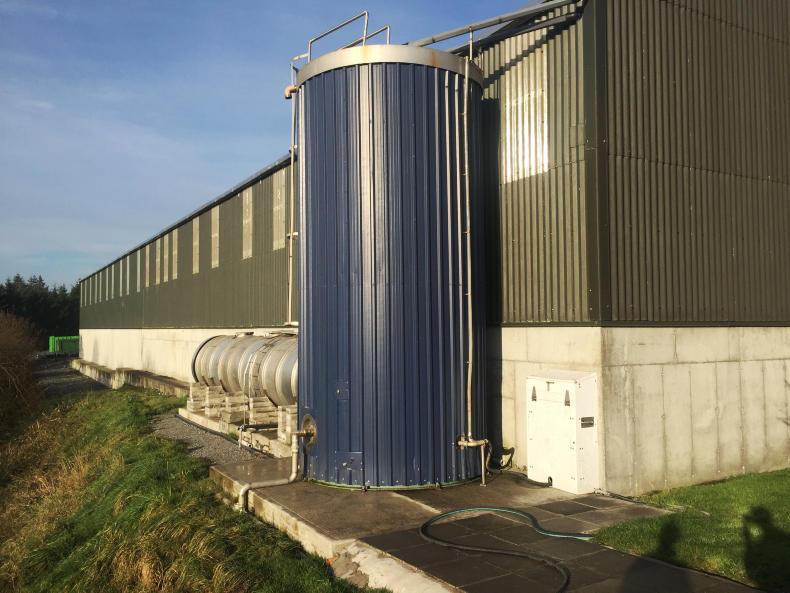
The new shed is also equipped to harvest rainwater on Carrickboy farm in Ardagh, Co Longford. \ Thomas Hubert
They are also looking for environmental and financial efficiency elsewhere on the farm: they have fitted the new shed with filtered rainwater harvesting tanks, which can be used for livestock drinking without further treatment. As the farm’s lights get old, they gradually replace them with LED low-energy systems.
Asked if they would do it again, the farmers said: “We have to say we would.” Just like other farmers, however, they are limited by the lack of options to sell surplus electricity back to the grid if they increased peak capacity beyond their needs in the summer months.
Their solar installation was eligible for a 30% grant from the Sustainability Energy Authority of Ireland (SEAI)’s Better Energy Communities scheme, which supports projects with a positive impact beyond the immediate benefit of their owners.
Other options for farmers include up to 40% TAMS grants for solar panels on poultry and pig farms, and there have been calls across the agricultural and renewable industries to extend this to all farms. The full value of Dermot and Donal’s equipment was also eligible to be deducted from taxable income in one year under the accelerated capital allowance scheme for energy efficiency.
The newly extended 10-bay machinery shed on the Brady family’s Carrickboy farm in Ardagh, Co Longford, was fitted with 360 roof-mounted solar photovoltaic panels in June. The system, installed by Co Meath provider Local Power has a capacity of 100kWp (kilowatt peak), which farmers Donal Brady and his son Dermot said covers 80% of the farm’s needs on a sunny day.
“The shed had a high roof and was facing the right way,” said Donal and Dermot. With a 2,000-sow unit on their pig and suckler farm, they have constant electricity needs between winter heating, summer cooling, feed mixing and lighting. This means that any solar electricity produced is used on the farm straight away, without the need for battery storage.

Dermot Brady at Carrickboy farm in Ardagh, Co Longford. \ Carol Dunne
A smart meter constantly monitors output from the panels and gets whatever complement is needed from the grid. Dermot can keep an eye on this in real-time via an app on his phone. When the Irish Farmers Journal visited on a good November morning with a low winter sun shining, the farm was generating 34kW from solar and pulling 62kW from the grid. “Our monthly electricity bill went down from around €10,000 to €8,500 for the summer months,” the farmers said.
The panels generate 24V current, which is upgraded to usable 220V by five Austrian-made Fronius inverters inside the shed. An underground cable connects these to the farm’s ESB substation and meter. Davy Byrne, who is in charge of maintenance on the farm, said there were no complications with the existing electrical setup.
The farmers chose higher-end German-made Solarwatt all-glass panels, which are more expensive than Asian imports but guaranteed to lose only 0.345% of their capacity every year for 30 years. According to Local Power calculations, the investment will be repaid in five years at current electricity prices (Table 1). The farm will then enjoy the benefit of free power for the rest of the panels’ life. “They are self-cleaning and don’t need any particular maintenance,” said Davy. The solar installation will also reduce carbon dioxide emissions by around 56t/year, by replacing grid power largely generated from fossil fuels.
“We wanted to reduce our bills and our carbon footprint,” said Dermot and Donal.

The new shed is also equipped to harvest rainwater on Carrickboy farm in Ardagh, Co Longford. \ Thomas Hubert
They are also looking for environmental and financial efficiency elsewhere on the farm: they have fitted the new shed with filtered rainwater harvesting tanks, which can be used for livestock drinking without further treatment. As the farm’s lights get old, they gradually replace them with LED low-energy systems.
Asked if they would do it again, the farmers said: “We have to say we would.” Just like other farmers, however, they are limited by the lack of options to sell surplus electricity back to the grid if they increased peak capacity beyond their needs in the summer months.
Their solar installation was eligible for a 30% grant from the Sustainability Energy Authority of Ireland (SEAI)’s Better Energy Communities scheme, which supports projects with a positive impact beyond the immediate benefit of their owners.
Other options for farmers include up to 40% TAMS grants for solar panels on poultry and pig farms, and there have been calls across the agricultural and renewable industries to extend this to all farms. The full value of Dermot and Donal’s equipment was also eligible to be deducted from taxable income in one year under the accelerated capital allowance scheme for energy efficiency.






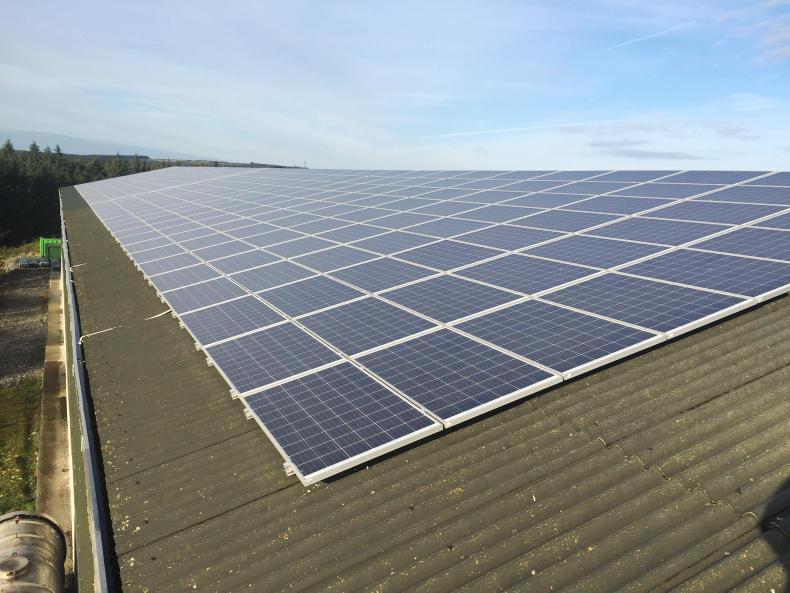
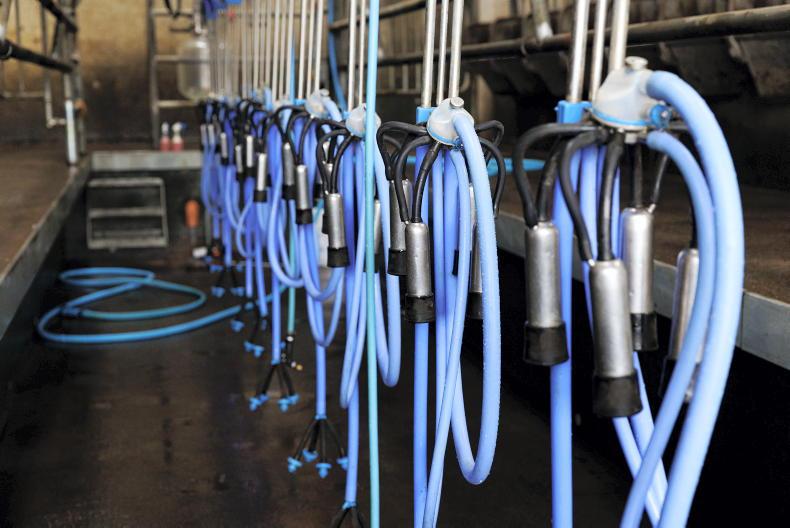


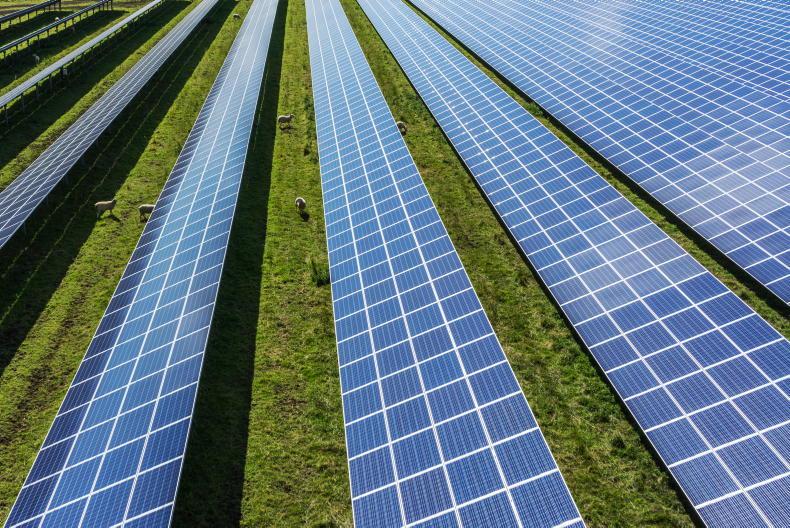
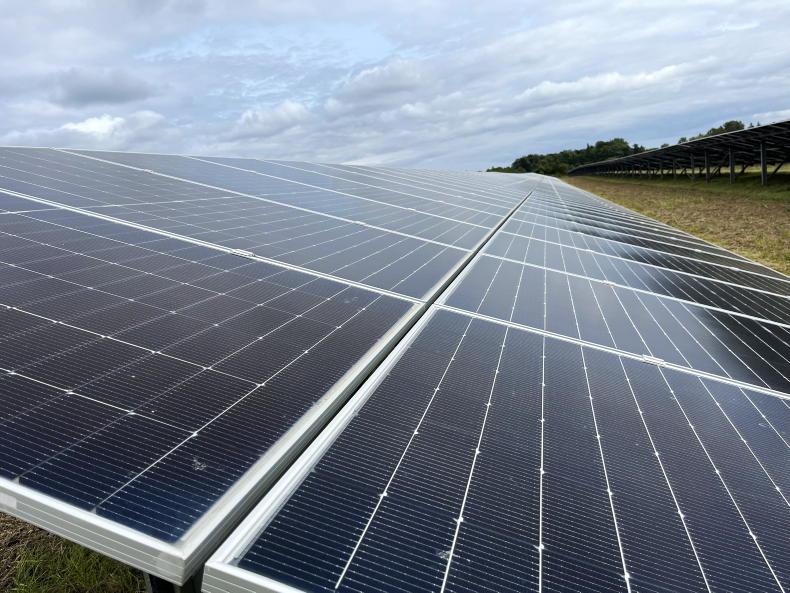
SHARING OPTIONS